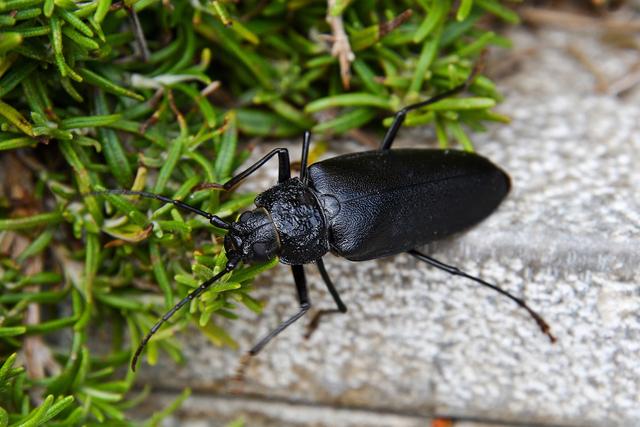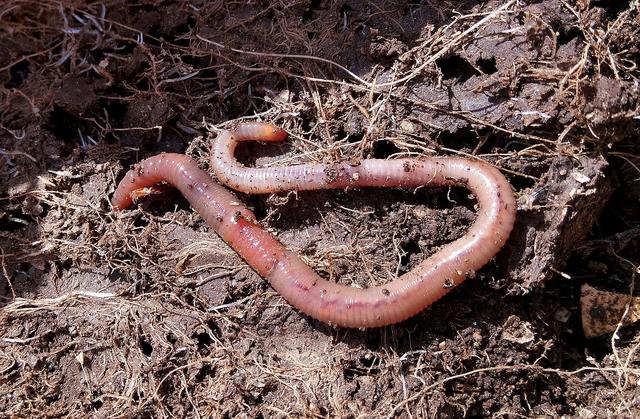Insects (non-statutory)
I can identify and name insects and describe their common features.
Insects (non-statutory)
I can identify and name insects and describe their common features.
These resources will be removed by end of Summer Term 2025.
Switch to our new teaching resources now - designed by teachers and leading subject experts, and tested in classrooms.
These resources were created for remote use during the pandemic and are not designed for classroom teaching.
Lesson details
Key learning points
- An insect is a small animal that has six jointed legs, and typically one or two pairs of wings
- Insects have three parts to their segmented bodies (head, thorax, and abdomen) and a pair of antennae
- Insects are invertebrates (have no backbone) and have an external shell (exoskeleton)
- Common insects are ants, flies, butterflies, and beetles
Keywords
Insect - An insect is an invertebrate animal that lays eggs and has antennae, six legs and a body divided into three segments.
Antennae - Antennae are a pair of long, sensory organs on the heads of insects.
Segmented - Something that is segmented is in segments or sections.
Invertebrate - An invertebrate is an animal that does not have a spine or backbone.
Exoskeleton - An exoskeleton is the hard outer layer that covers, supports, and protects the body of an invertebrate.
Common misconception
Pupils may think that all small creatures, or ‘minibeasts’, are insects.
Explain that an animal is only an insect if it has the characteristics of insects. Use lots of examples and non-examples to make this clear.
To help you plan your year 5 science lesson on: Insects (non-statutory), download all teaching resources for free and adapt to suit your pupils' needs...
To help you plan your year 5 science lesson on: Insects (non-statutory), download all teaching resources for free and adapt to suit your pupils' needs.
The starter quiz will activate and check your pupils' prior knowledge, with versions available both with and without answers in PDF format.
We use learning cycles to break down learning into key concepts or ideas linked to the learning outcome. Each learning cycle features explanations with checks for understanding and practice tasks with feedback. All of this is found in our slide decks, ready for you to download and edit. The practice tasks are also available as printable worksheets and some lessons have additional materials with extra material you might need for teaching the lesson.
The assessment exit quiz will test your pupils' understanding of the key learning points.
Our video is a tool for planning, showing how other teachers might teach the lesson, offering helpful tips, modelled explanations and inspiration for your own delivery in the classroom. Plus, you can set it as homework or revision for pupils and keep their learning on track by sharing an online pupil version of this lesson.
Explore more key stage 2 science lessons from the Reproduction and life cycles: animals unit, dive into the full secondary science curriculum, or learn more about lesson planning.

Equipment
Salt dough or plasticine, hand lenses, magnifiers, pooters
Content guidance
- Risk assessment required - equipment
- Exploration of objects
- Risk assessment required - physical activity
Supervision
Adult supervision required
Licence
Starter quiz
6 Questions


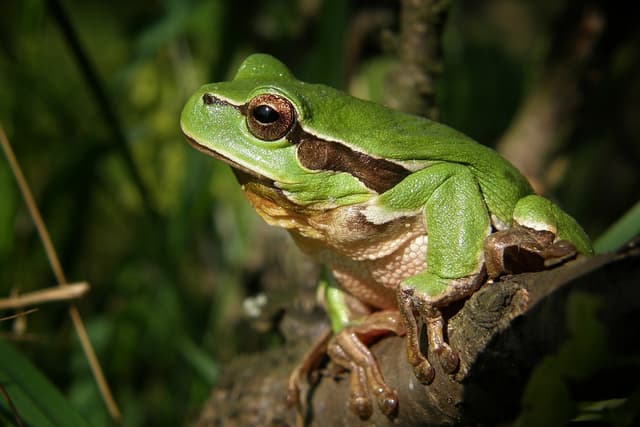
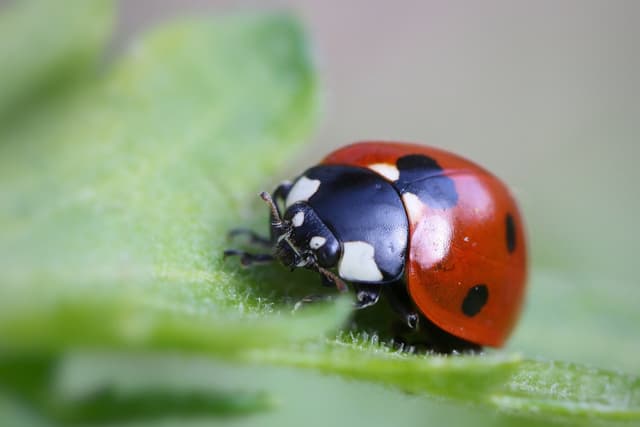



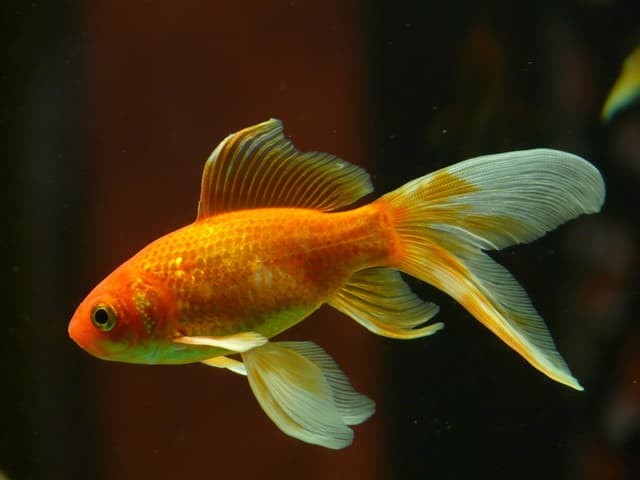
Exit quiz
6 Questions

